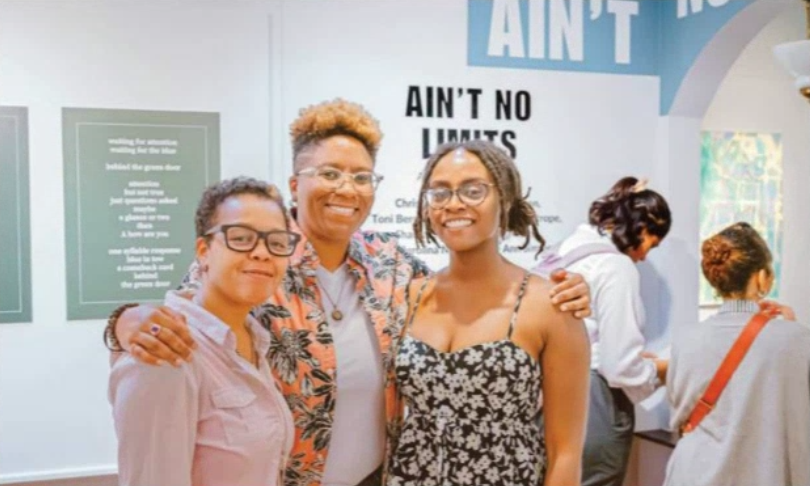 The term “African American” has become a catch-all to describe black Americans in the United States. But it obscures the more nuanced realities of black immigration to this country.
The term “African American” has become a catch-all to describe black Americans in the United States. But it obscures the more nuanced realities of black immigration to this country.
Black immigrants, whether they hail from Latin America, the Caribbean or the African mainland, often come here to escape poor conditions and find economic opportunity. As this nation struggles with immigration reform, the black immigrant community will play a prominent role in developing a socially just immigration policy.
About eight percent of black immigrants are Afro-Latino or black Latino. Many Spanish-speaking countries have massive Afro-Latino populations, including Brazil, Colombia, Haiti, the Dominican Republic and Cuba. These Latinos are diverse not only in their history and background but also in their struggles, so their reasons for immigrating to the United States are many. However, the majority make the move to seek better economic opportunities for themselves and for their families.
Afro-Caribbean people also immigrate to the United States to seek expanded opportunity. The term applies to people with African ancestry whose native countries are located in the Caribbean. The first wave of Afro-Caribbean voluntary migration to the U.S. began in the 1930s and has continued to this day. According to the Schomburg Center for Research in Black Culture, this growth can be attributed to “the increasing economic hardship and disenchantment in the British West Indies and the simultaneous expansion of the U.S. economy with its relatively high wages and growing employment opportunities.”
Finally, the rate of African immigration to the United States has steadily increased. According to figures from the Immigration and Naturalization Service, the number of African immigrants more than quadrupled in recent years, from just more than 100,000 in the 1960s and 1970s to more than 500,000 in the 1980s and 1990s.
Today’s African immigrants are increasingly interested in establishing permanent residence, in stark contrast to immigrants from the ’60s and ’70s, who often intended to return home and contribute nation-building efforts after acquiring an American education.
It is no coincidence that black immigration greatly increased after the 1960s, whether from the Caribbean, Latin America or Africa. Just as outright racially discriminatory laws in the United States limited the progress of African Americans throughout the history of the U.S., so too outright racially discriminatory immigration policies limited the number of people of color who could legally immigrate to this country.
The great influx of black immigrants in the latter half of the 20th century is largely attributed to the liberalizing of immigration policies that occurred during the height of the Civil Rights Movement. The Immigration and Nationality Act of 1965, one of the lesser know civil rights bills from that era, ended the national origins quota system and opened the door for large-scale Asian, African and Latin American immigration.
Over the last 50 years, the children of black immigrants have become a growing part of the African-American population. This can be seen in the election of the first African-American president, himself the son of an African. The diversity of the black community will continue to grow in 21st century America.
As we continue to make advances against racial inequality in the United States, the connection between today’s black freedom struggles will necessarily be connected to immigration and immigration policy.
Photo: DEDRICK MUHAMMAD












No Comment